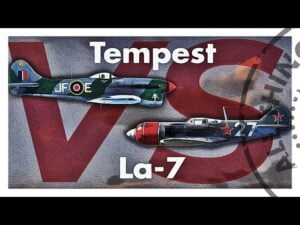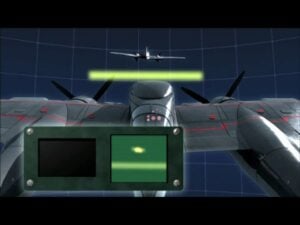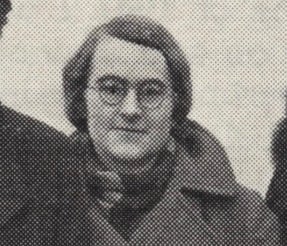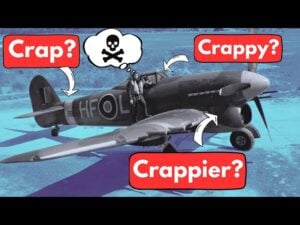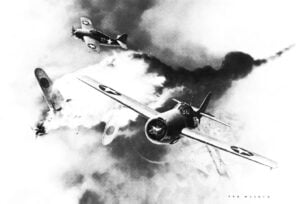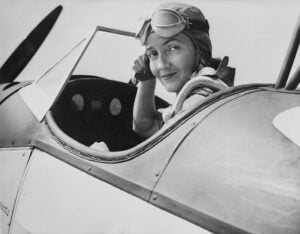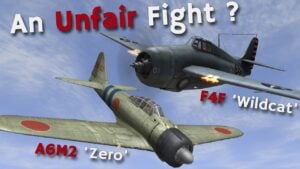The Japanese Fighter That Made American Pilots Flinch During World War II

Greg's Airplanes and Automobiles / YouTube
A New Kind of Threat in the Pacific
By the late stages of World War II, Japan introduced a fighter aircraft so advanced that it alarmed the United States Army Air Forces. This was not the lightly built and vulnerable Zero that American pilots had grown used to. The Nakajima Ki-84 “Hayate” — meaning “Gale” — could climb with remarkable speed, dive with force, and deliver heavy firepower. On paper, it was one of the most capable fighters of the Pacific conflict, but it arrived too late for a nation already in decline.
In 1942, Japan’s air arm faced urgent problems. The Doolittle Raid had shown its vulnerability, and the Battle of Midway had crippled the carrier fleet. New American fighters like the P-38 Lightning and F4U Corsair were entering the skies in growing numbers. Japan’s mainstay fighters, including the agile but lightly armed Ki-43 Oscar, were becoming outdated. Military leaders wanted a true multi-role aircraft — one that could fight enemy planes, strike ground targets, and survive heavy fire.
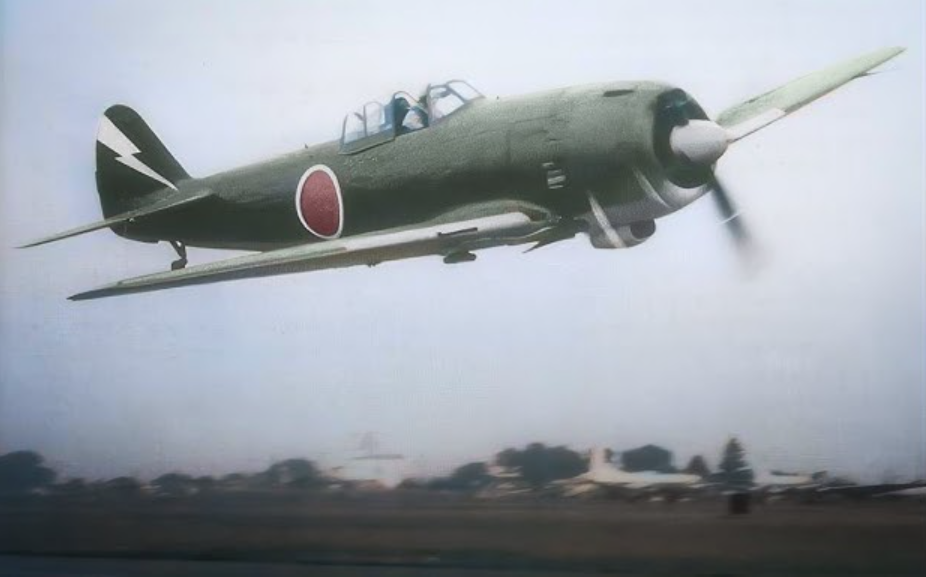
Designing the Hayate
The Nakajima Aircraft Company, led by designer Yasushi Koyama, set out to meet the challenge. The fighter’s core was the Ha-45 engine, an 18-cylinder radial rated at 2,000 horsepower. The design featured armor for the pilot, self-sealing fuel tanks, and a powerful armament of two fuselage-mounted machine guns and two wing-mounted 20 mm cannons. It could reach about 430 mph, outclimb many American fighters, and maintain high performance in combat maneuvers.
The prototype flew in April 1943, showing speed, agility, and toughness. It could turn with a P-47 and match a P-51 at low altitudes. The aircraft’s arrival, however, coincided with Japan’s weakening position in the war, limiting its impact.
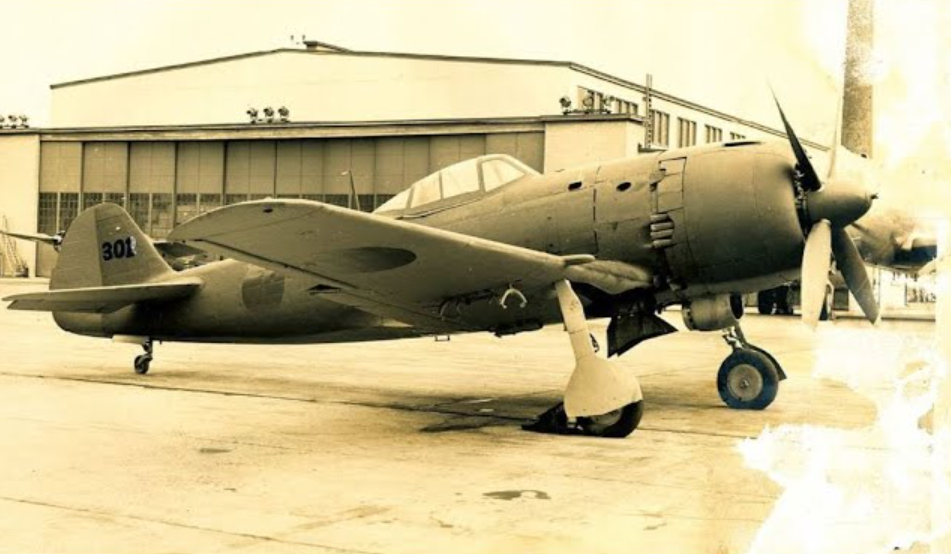
First Combat and Allied Reactions
The Ki-84 entered combat in mid-1944 over China with the 22nd Sentai. American pilots quickly learned that their usual diving attacks were less effective. The Hayate could roll away, climb after attackers, and respond aggressively in a fight. Its combination of speed, climb rate, and energy retention made it one of the most dangerous opponents they faced.
Allied intelligence was initially unsure what they were encountering. Once identified, it was given the code name “Frank” and recognized as a major threat. Bomber crews feared its ability to climb to their altitude and unleash devastating cannon fire. A single burst could cripple a medium bomber, and reports described sudden, high-speed attacks that left little time to react.
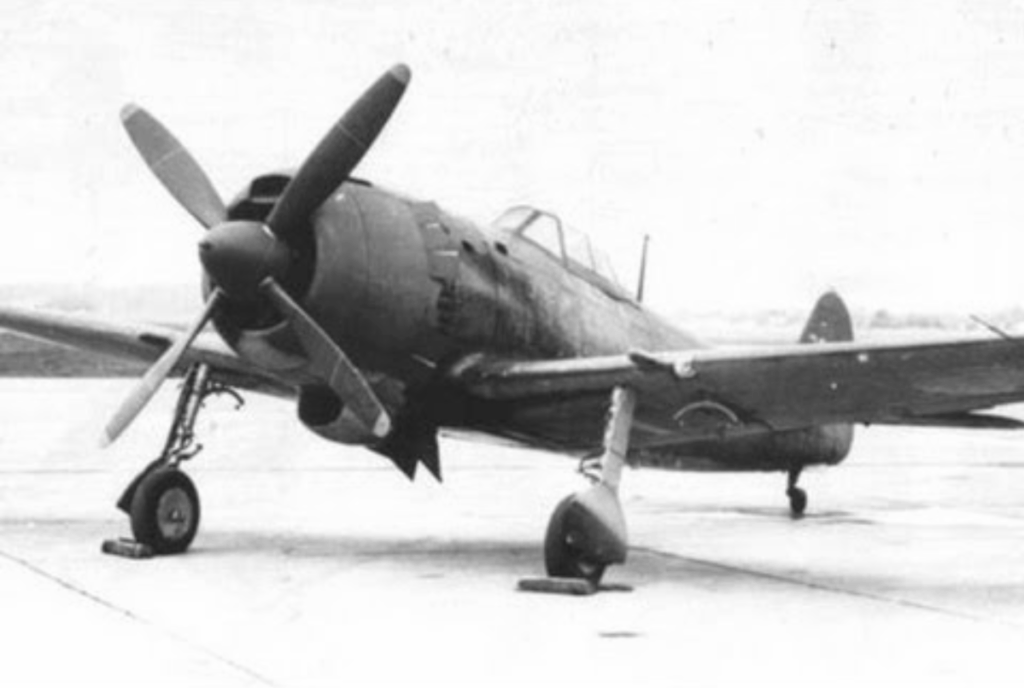
Mechanical Weakness and Supply Problems
Despite its strengths, the Hayate suffered from the realities of Japan’s late-war shortages. Its powerful engine required high-quality materials and precise manufacturing, both of which were in short supply. Factories substituted lower-grade metals, leading to frequent engine failures. Allied bombing disrupted production, and skilled workers were replaced with inexperienced labor.
Engines often produced far less than their rated power, with overheating, oil leaks, and seizures common. Hydraulic and electrical systems were unreliable, and many units sat grounded for repairs. Fuel shortages added to the problems. The engine was designed for high-octane fuel, but by 1944 Japan relied on low-grade gasoline mixed with alcohol, further reducing performance.
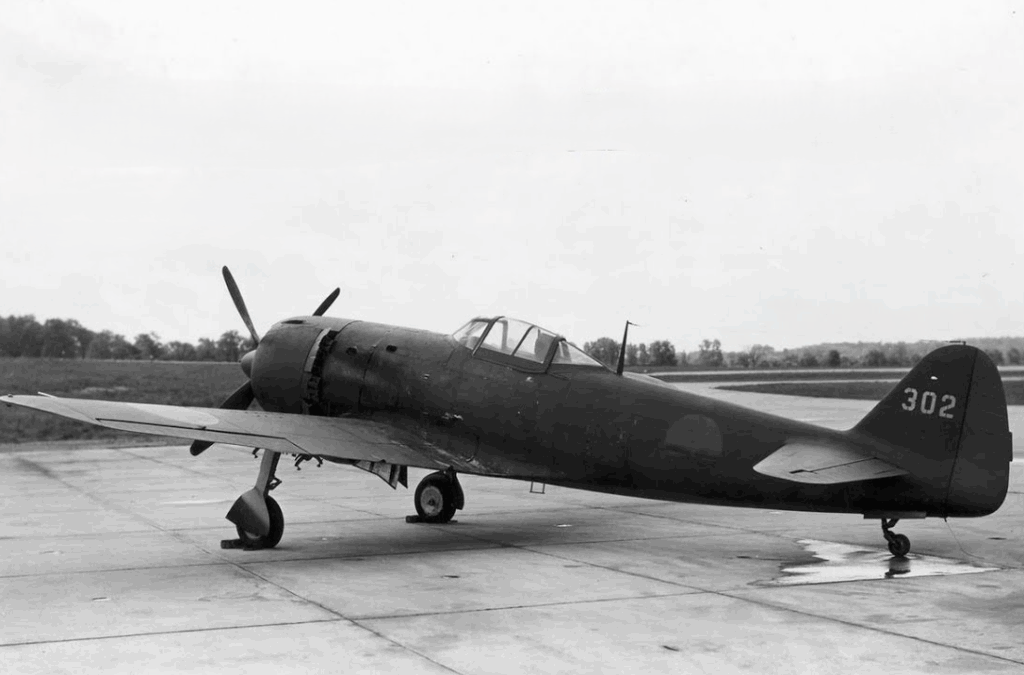
Final Battles
Even with these challenges, the Ki-84 fought fiercely in the Philippines, Okinawa, and the defense of the home islands. Skilled pilots in well-maintained aircraft could match or outmaneuver the best Allied fighters below certain altitudes. It was also one of the few Japanese planes able to reach the high-flying B-29 bombers, leading to missions where aircraft were stripped down for ramming attacks.
After the war, Allied test pilots evaluated captured Ki-84s using proper maintenance and fuel. The results showed it to be one of the most formidable Japanese fighters of the war, capable of challenging American air superiority had it been available in greater numbers and better condition. Its story remains one of unrealized potential — a machine designed for excellence but hindered by the conditions of a nation in decline.













